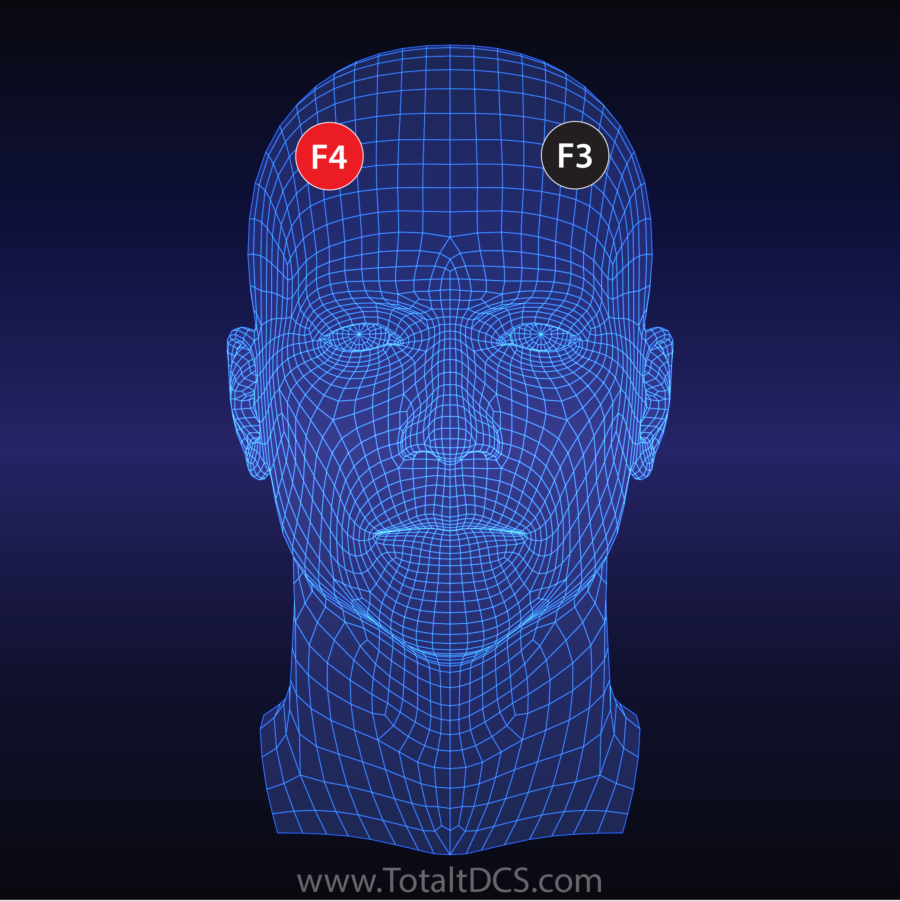REDUCE FOOD, ALCOHOL, DRUG, AND MANY OTHER CRAVINGS.
Anode: Right DLPFC (F4)
Cathode: Left DLPFC (F3)
Study Results
Reduced cravings for many addictive substances/activities such as cigarettes, junk food, alcohol, porn, gambling, eating disorders, and even illicit drug use.
Overall, it appears that almost any addictive craving or behavior can benefit from the use of this stimulation protocol. Significant positive results and even prolonged abstinence have been documented in subjects suffering from addiction.
General consensus suggests the dorsolateral prefrontal cortex (DLPFC) plays a large role in the “risk/reward” thought process. It is this thought process that is believed to be directly connected with the risk taking behaviors associated with various forms of addiction. Therefore, when transcranial direct current stimulation is applied to the DLPFC, it appears individuals are able to alter this thought process and make more conscious, rational decisions.
Weight Loss
Also labeled “the weight loss montage”, studies have shown this tDCS montage reduces food cravings. In at least one study using this montage lead to curbed appetite and subsequent wait loss. Furthermore, improvements in eating disorders such as anorexia has been documented.
Have you used tDCS for cravings? Share your experience!
Scientific Studies
- Cumulative priming effects of cortical stimulation on smoking cue-induced craving
- A randomized controlled trial of targeted prefrontal cortex modulation with tDCS in patients with alcohol dependence
- Transcranial direct current stimulation of the prefrontal cortex modulates the desire for specific foods
- Prefrontal cortex transcranial direct current stimulation associated with aerobic exercise change aspects of appetite sensation in overweight adults
- Prefrontal cortex transcranial direct current stimulation (tDCS) temporarily reduces food cravings and increases the self-reported ability to resist food in adults with frequent food craving
- Diminishing Risk-Taking Behavior by Modulating Activity in the Prefrontal Cortex: A Direct Current Stimulation Study
- Activation of Prefrontal Cortex by Transcranial Direct Current Stimulation Reduces Appetite for Risk during Ambiguous Decision Making
- Modulation of risk-taking in marijuana users by transcranial direct current stimulation (tDCS) of the dorsolateral prefrontal cortex (DLPFC)


